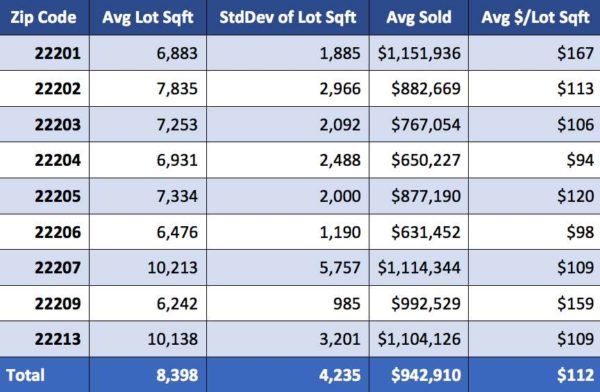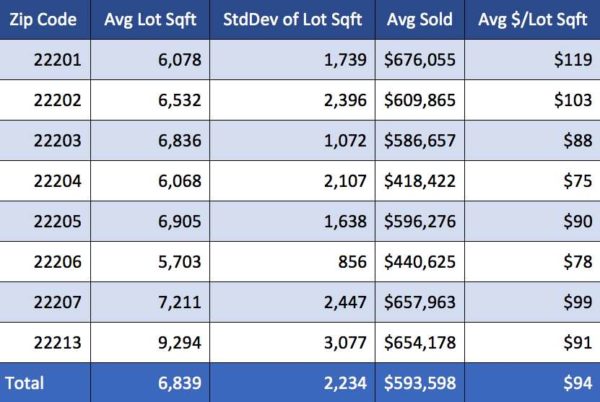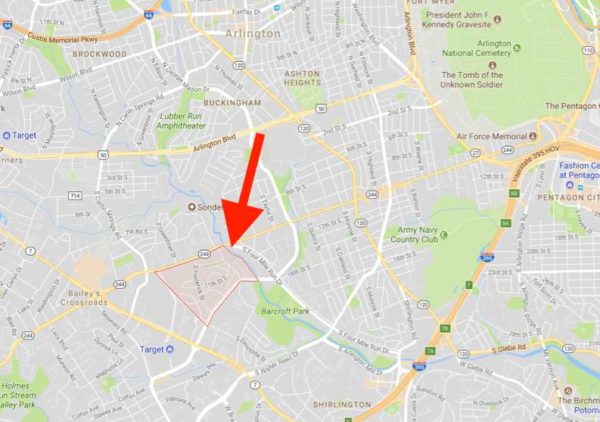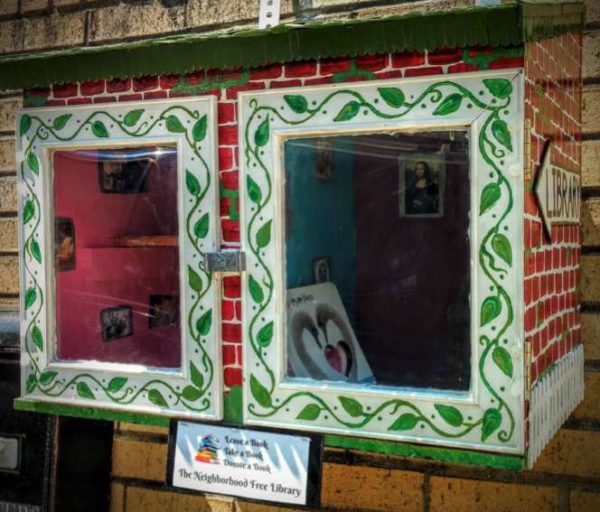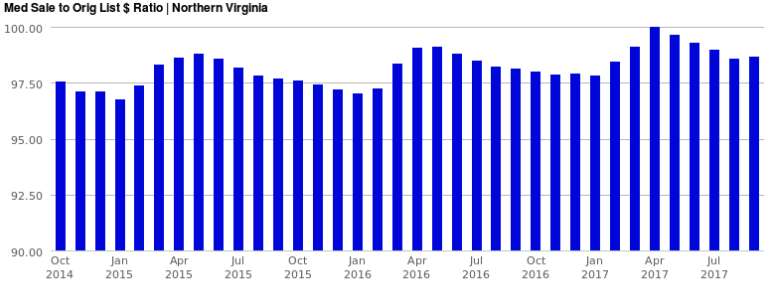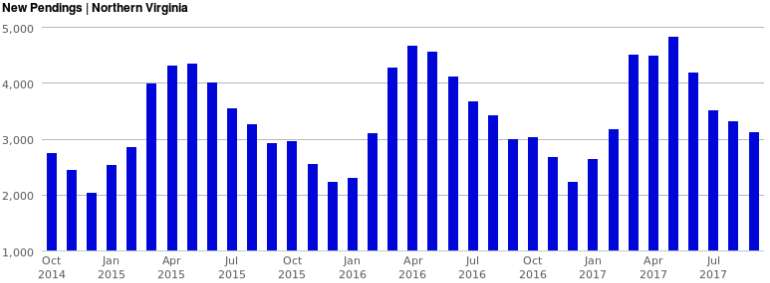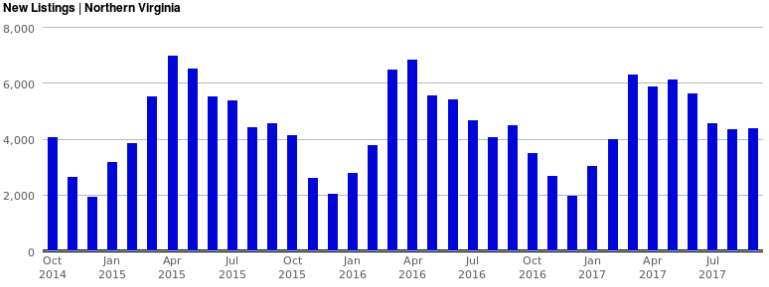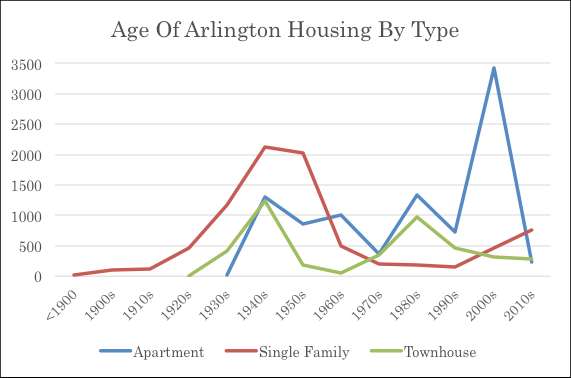
This regularly-scheduled sponsored Q&A column is written by Eli Tucker, Arlington-based Realtor and Rosslyn resident. Please submit your questions to him via email for response in future columns. Enjoy!
Question: Do you have any details on the new condo building on Columbia Pike?
Answer: The development of Columbia Pike continues westward with the introduction of a very affordable, brand new condo building by Pillars Development Group. The success of recent residential projects, Columbia Place (condos and some townhouses) and Carver Place (townhouses), along the eastern half of Columbia Pike, signal that this will be a successful project for Pillars, who has developed other local condos like The Berkley in Ballston, The Henry in Alexandria and The Paramount in Reston.
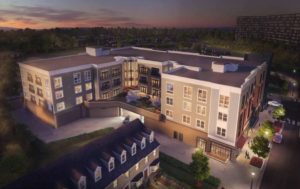 What I’m Tracking
What I’m Tracking
The developers decided to make 25% of the units Jr 1BRs, with just under 500 sq. ft., which hasn’t been a very common product in newer construction so I’m looking forward to seeing how these sell. I think it will be a great secondary residence for buyers who live 90+ minutes away and work nearby, as well as the modern value-based buyer looking for affordability and less space.
Unlike most small studio spaces, they have a separate room to sleep (functional bedroom that doesn’t meet legal bedroom requirements) which makes them much more desirable than studios with one large living/sleeping space. The asking price of these units will range from $250k-$300k with monthly condo fees just under $200.
For reference, only 32 condos have sold in Arlington over the last two years for less than $300,000 and monthly fees under $250. The average construction date of those units was 1964, with none being built in the last ten years.
Affordable
Affordability and value are the selling points for Trafalgar Flats (ease of pronouncing the name is not) with 700+ sq. ft. 1BR units selling from the mid to upper $300s and 2BR/2BA units starting in the mid 400s.
The monthly condo fees are also a selling point, coming in about 10-15% lower than the average fee/sq. ft. of other Arlington condos, while still including a gym, lobby, outdoor terrace and bike storage. Above average condo fees were a problem for a lot of potential buyers of Rosslyn’s recent Key & Nash project, which is about 50% sold and about three months from completion.
For reference purposes, there have been 308 2BR/2BA condos sold in Arlington over the last two years for less than $500k and fees under $450/mo., but only three were built in the last 10 years. Bottom line… it’s rare to find value like this in Arlington.
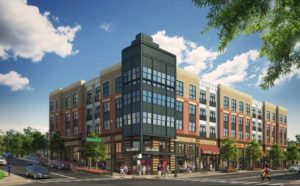 Investment-worthy
Investment-worthy
There aren’t too many places left inside and around the beltway where you can expect above-market appreciation, but Columbia Pike is one of them, especially the western half now that the eastern section has already seen substantial growth.
At the current pricing and being in the early stages of western Pike development, savvy buyers and investors should pay attention. The property sits just two blocks from the site of the under-development Columbia Pike Village Center, anchored by a Harris Teeter (replacing Food Star), slated to open in 2019. Expect strong ROI from all three options — Jr 1BR, 1BR and 2BR. (more…)



